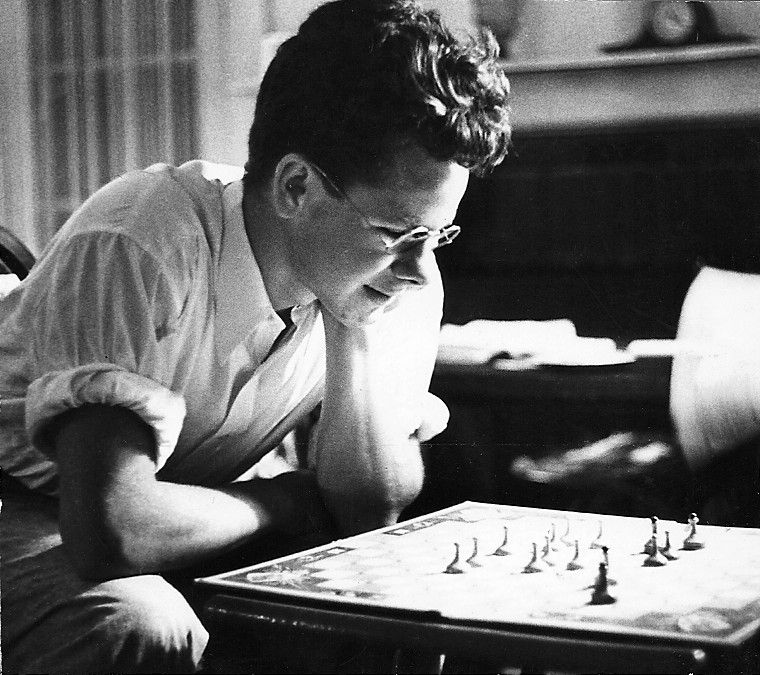Illuminating the Path of Innovation
Trace the history of the laser from its theoretical conception to its commercialization and subsequent applications that have shaped our modern world.
![]()
Albert Einstein’s 1917 paper on “The Quantum Theory of Radiation” explained the interaction of matter-energy and introduced a new concept: stimulated emission of radiation. He theorized that under specific conditions, a photon could cause an excited electron in an atom to drop to a lower energy level, releasing an identical photon. This process of stimulated emission was distinct from the spontaneous emission of multiple frequencies seen in natural light sources.
![]()

Gould, who was working on a doctoral thesis about the energy levels of excited thallium, had a flash of insight that would change the course of his career and the future of technology. In his notebook, he sketched out the fundamental concepts of what he called a “LASER” – Light Amplification by Stimulated Emission of Radiation. This notebook entry, which included “some rough calculations on the feasibility of a LASER,” along with a sketch of a tube terminated by optically flat, partially reflecting parallel mirrors, would later become a crucial piece of evidence in the complex patent battles that followed.
Albert Einstein had theorized about stimulated emission in 1917, but it was Gould who first envisioned how this principle could be applied to create a practical device. Gould’s ideas included using an open resonator, which would prove to be an essential component of laser devices.
Gould’s notes from this period included potential applications for lasers that were remarkably prescient, including optical telecommunications, spectrometry, interferometry, radar, and even nuclear fusion. Recognizing the potential of his invention, Gould filed a patent application in April 1959.
This decision sparked a 28-year legal battle that would become one of the most protracted patent disputes in scientific history. The stakes were high, involving both scientific prestige and significant financial implications.
Despite a series of setbacks, Gould persevered. He won his first minor patent in 1977, but it wasn’t until 1987 that he achieved a major victory when a federal judge ordered the USPTO to issue patents to Gould for the optically pumped and gas discharge laser devices. In total, Gould would obtain 48 patents related to the optical amplifier, covering an estimated 80% of the lasers on the market at the time of issuance.